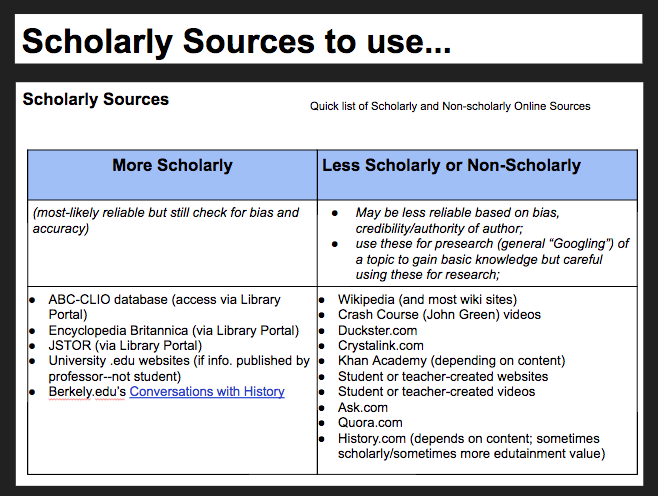|
Check-in with Group:
Helpful Links for Today's Class:
HW: Complete the OPVL tables for both of your sources (image & text) Be sure to complete a thorough evaluation of both of the sources you selected for your contribution to the DBQ packet. Also be sure your image and text sources are not the same sources as any other group member.
Sample OPVL evaluations in WH Comments are closed.
|
Mrs. Stewart's CourseYou'll find a daily agenda posted here for each day that class meets Archives
May 2020
Categories |

 RSS Feed
RSS Feed